Illustration isn’t just about decoration—it’s about breathing life into stories. In today’s digital era, book design illustration online has opened up fresh possibilities, enabling illustrators to create and share art from anywhere. Whether you’re browsing illustration pages in print or scrolling through curated digital galleries, the enchantment of book illustration lies in how art transforms simple pages into immersive worlds
A charming open book illustration or a beautifully designed book cover design has a timeless appeal in a world full of electronic distractions. However, what distinguishes a memorable book illustration? It’s more than just ink and color; it’s the visual expression of imagination, emotion, and narrative.
Before a word is read, the book’s illustration style establishes the mood, whether it’s a moody mystery book or a charming story for young readers. This is a thorough examination of the creativity, methodology, and impact of the most engrossing illustrated books of our time.
It All Begins with a Pencil: Outlining the Initial Idea
Every book illustration starts with unadulterated creativity. Artists begin by reading the manuscript carefully, absorbing its mood and rhythm. They then devise visual metaphors and create rough thumbnail sketches, experimenting with angles, compositions, and flow. This preliminary phase sets the stage for everything that follows-defining the tone, movement, and emotional beats. Even in this rough form, illustrators make crucial decisions about pacing, focal points, and storytelling that guide the entire visual journey ahead.
When beginning sketches, especially for illustration pages, layout is key. Artists sketch how text interacts with imagery, ensuring that each book design illustration balances readability with visual flair.
Moving from rough draft to finished art, illustrators often test their designs using online tools or platforms—because book design illustration online workflows allow for rapid feedback. Final art for illustration pages is polished with color, texture, and sometimes layered effects that bring depth to narrative moments.
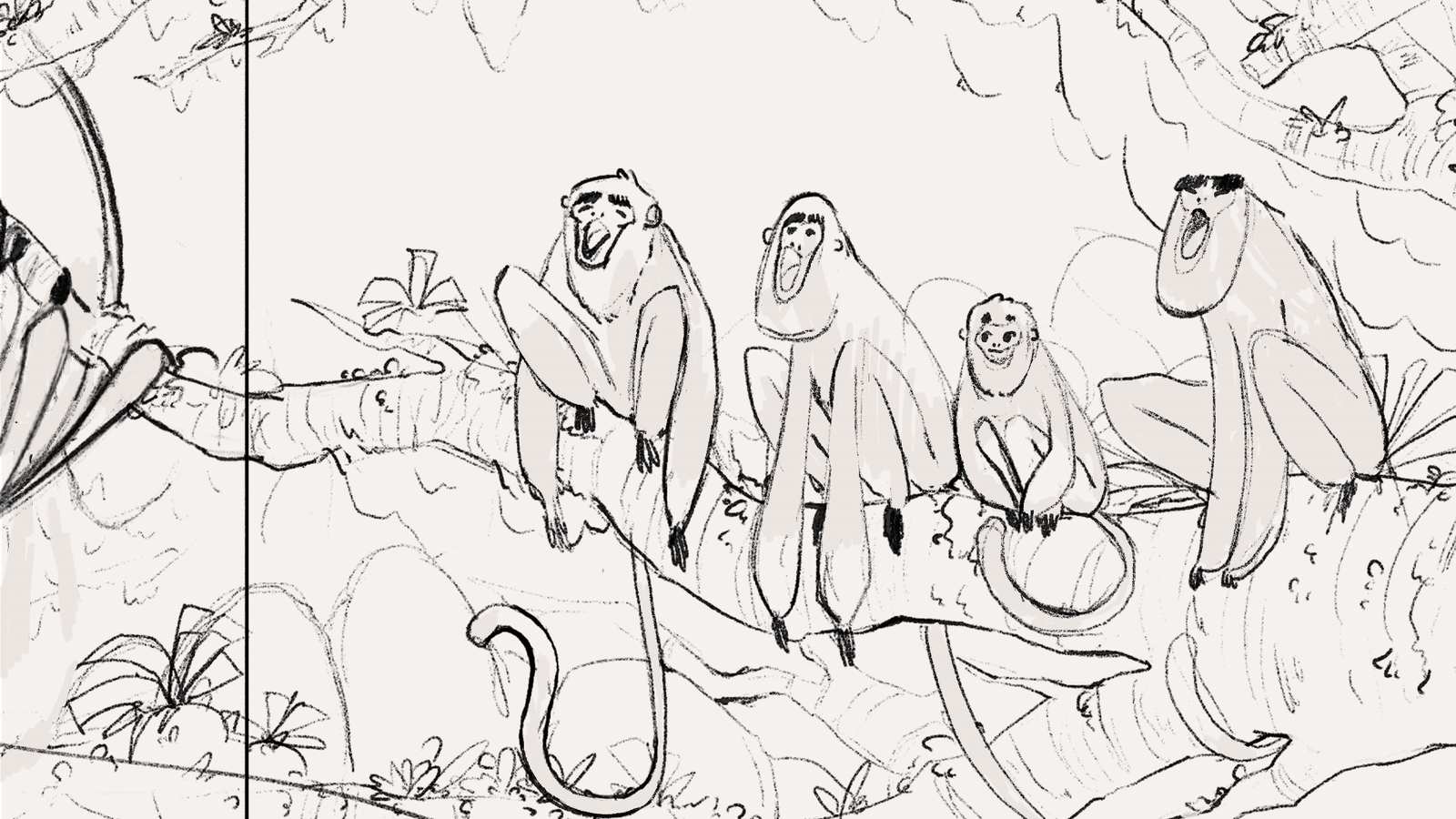
Character Design: Giving Fiction a Face
Characters are the emotional anchors of illustrated books. Whether it’s a grumpy cat or a dreamy-eyed child, the illustrator’s job is to make them feel alive. Artists explore countless variations-playing with proportions, gestures, facial expressions, and outfits-to capture their personalities. In children’s book illustration, this process is particularly vital, as character designs must be relatable and expressive to draw young readers in. A well-designed character becomes iconic, sometimes remembered long after the plot is forgotten.
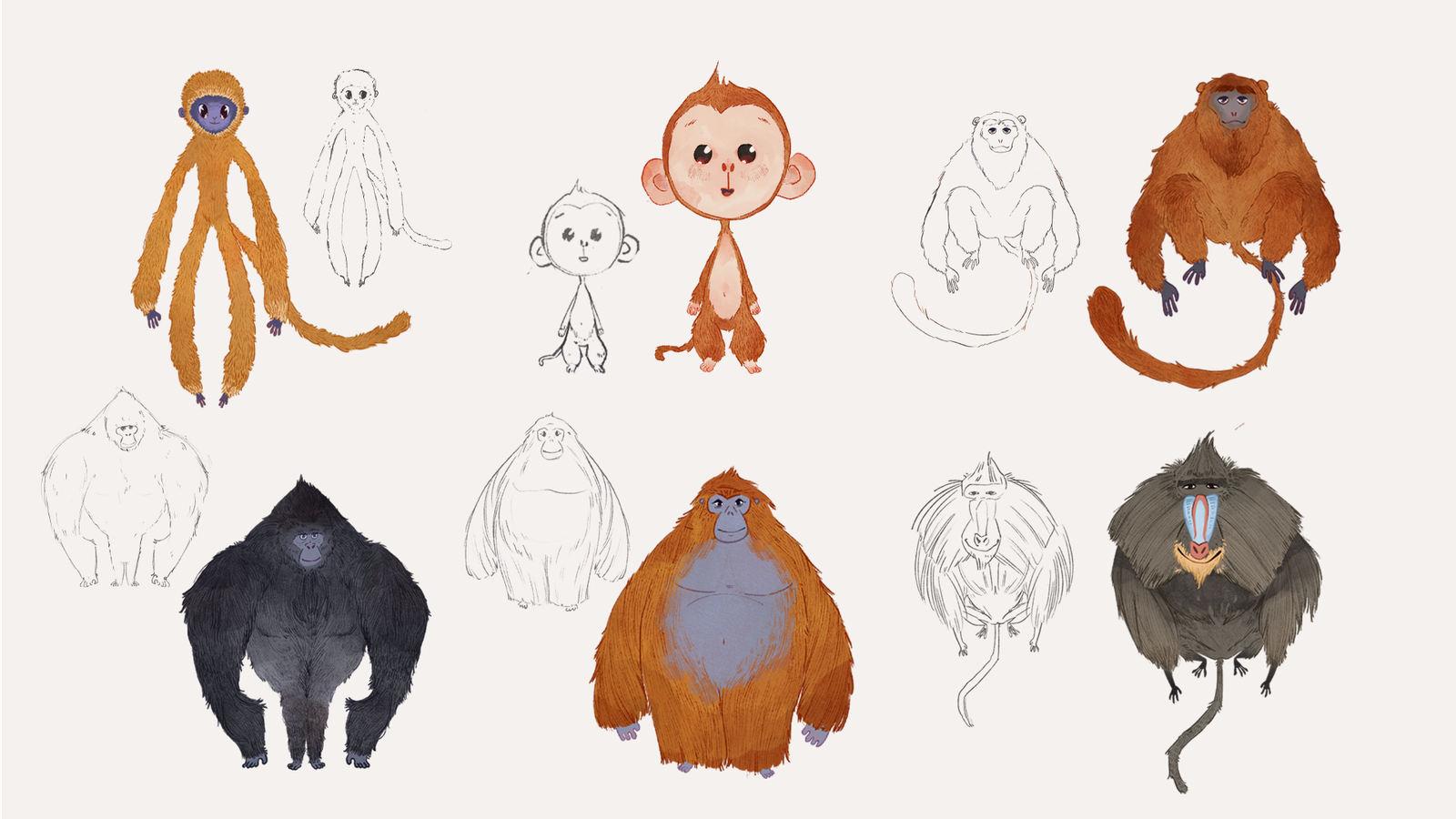
Selecting the Appropriate Book Illustration Style
Choosing the right illustration style is not just a visual decision; it’s a storytelling one. The selected style must match the tone of the manuscript-whether it’s whimsical, dramatic, educational, or fantastical. For instance, a memoir might call for a muted, sketchy style, while a fairy tale might need soft watercolors or richly detailed digital renderings. Age group, genre, and cultural context all influence the aesthetic. The perfect match between style and story deepens reader immersion and brings the book to life.
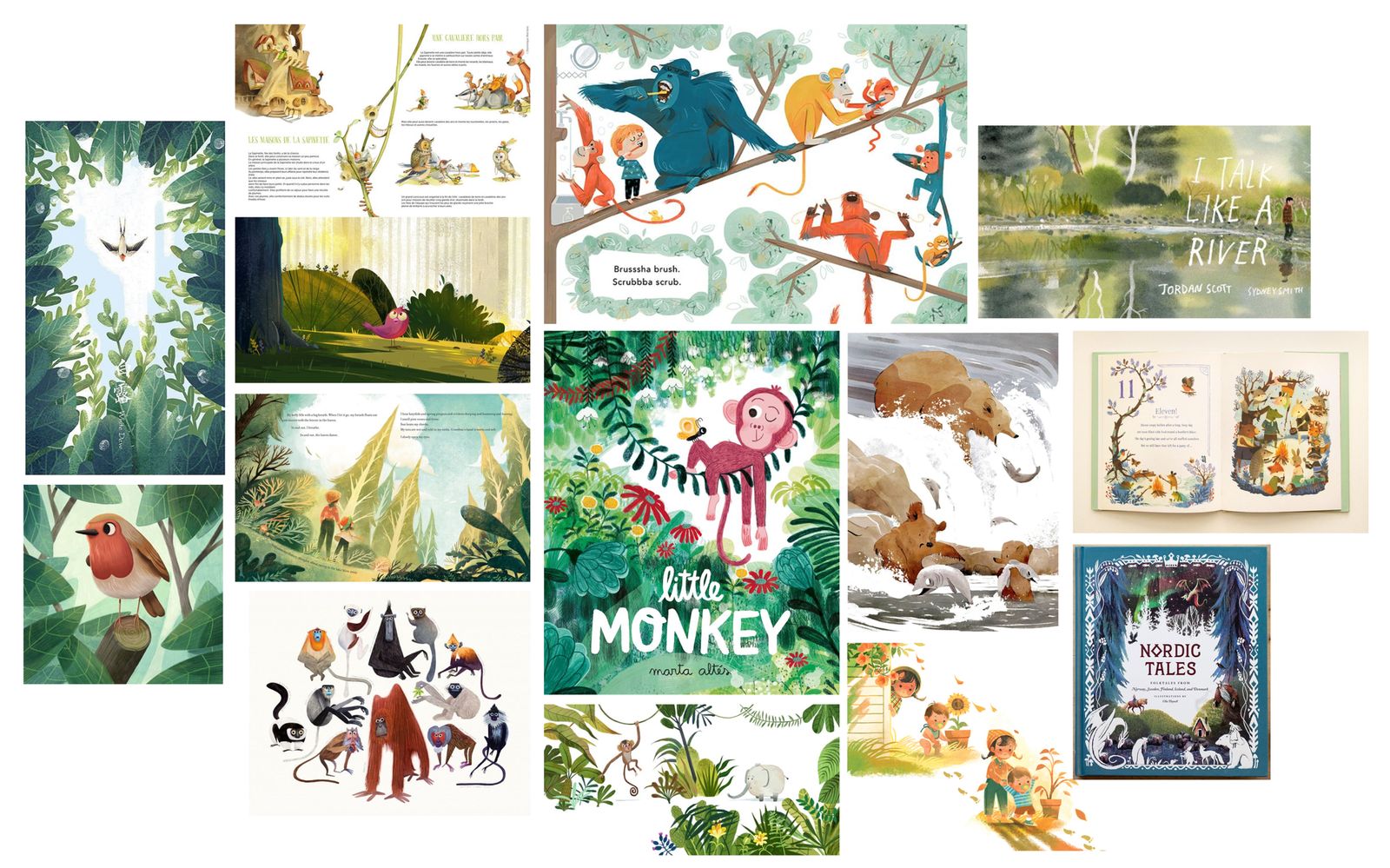
The Development of Online Book Illustration
Digital illustration has revolutionized how artists approach book projects. With software like Procreate, Photoshop, and Illustrator, illustrators can experiment with layers, textures, and lighting in real time. These tools also make remote collaboration seamless, allowing feedback loops with clients and publishers to be faster and more precise. Beyond creation, digital tools streamline delivery for both print and eBooks, ensuring every illustration is high-resolution and perfectly aligned for publication.
The Influence of Colour in Books with Illustrations
Color is not just an aesthetic choice-it’s a storytelling device. Each hue communicates emotion: deep blues can suggest melancholy or mystery, while warm yellows radiate joy and optimism. In children’s books, bright colors often energize and engage young minds. For darker genres, muted tones might evoke tension or introspection. A thoughtfully developed color palette enhances scene transitions, mood changes, and even character development, helping readers feel each emotional turn of the page.

Using Composition to Tell Stories
Composition in book illustration is silent but powerful. The placement of elements on the page dictates how a viewer experiences the scene-guiding their eye, building suspense, or creating intimacy. Artists play with techniques like leading lines, negative space, framing, and visual rhythm to add depth to the narrative. A zoomed-in panel might intensify a moment, while wide scenes establish setting and atmosphere. Good composition ensures the story flows intuitively, even without words.
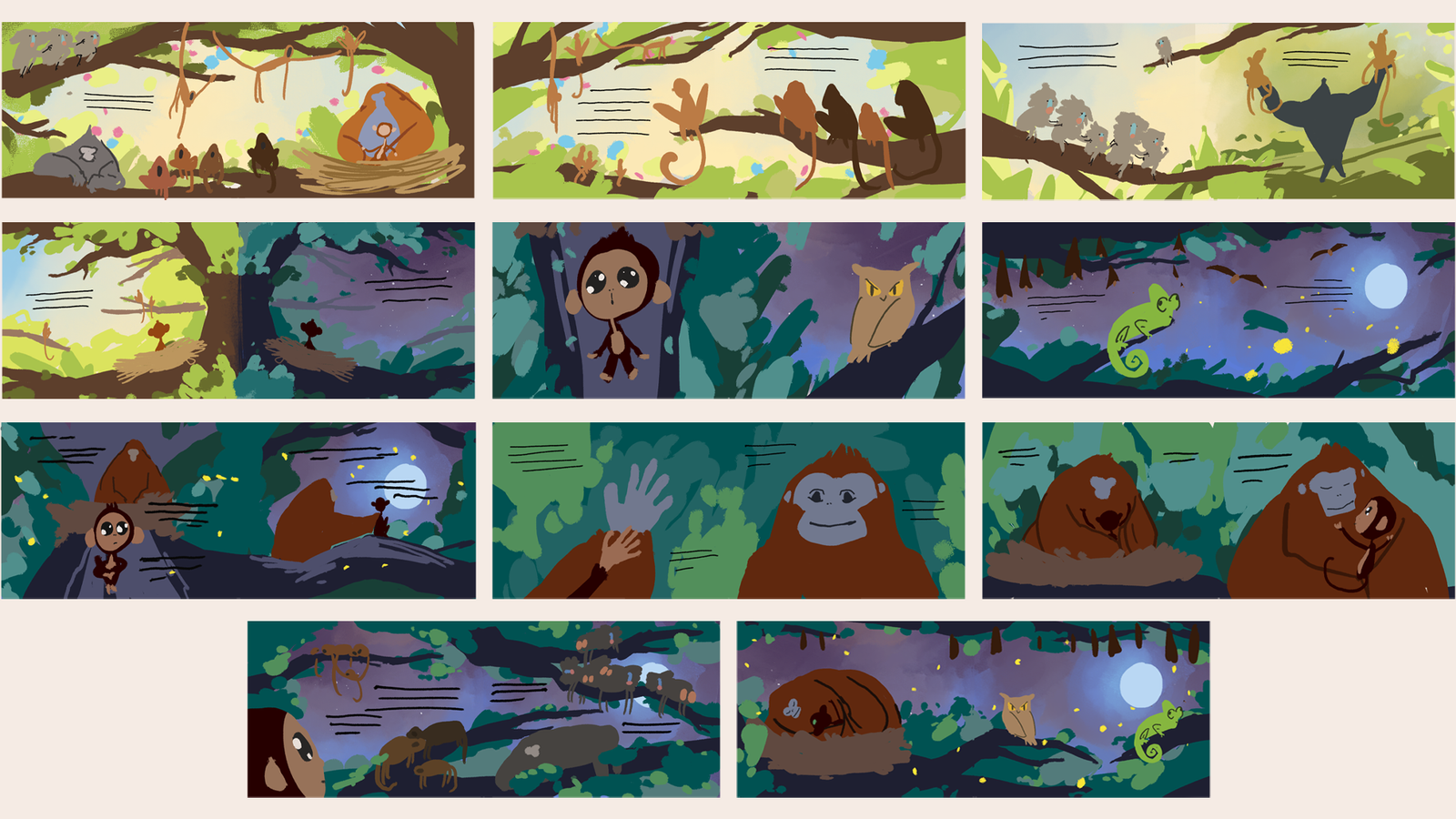
Creating a Coherent Visual World
Consistency across a book’s pages creates a believable universe that readers can lose themselves in. This goes beyond drawing style-it’s about maintaining visual logic. Elements like lighting, background details, character evolution, and color schemes must feel harmonious throughout. A unified visual language helps build trust with the reader, allowing them to stay immersed without jarring shifts in tone or detail. When done well, this world-building can feel as rich and expansive as the text itself.
The Impact of Culture on Book Illustration Style
Illustrators often draw from their own cultural backgrounds-or research others-to add authenticity and richness to their work. From architectural details and folk costume patterns to mythological symbols and storytelling traditions, culture shapes visual identity. These choices not only enhance the story’s setting but also broaden its accessibility. Inclusive illustrations allow more readers to see themselves represented, while also introducing others to worlds and perspectives they may never have encountered before.
Case Study: “Sleeping Is For Monkeys”
We recently had the pleasure of illustrating the lively children’s book “Sleeping Is for Monkeys”, which features interesting animals and comfortable jungle settings.
We carefully designed each page, utilizing crisp lines and vivid color schemes to encourage young readers to participate and have big dreams. We had to maintain a narrative flow while keeping the tone light with this whimsical book illustration drawing.
Using Illustrations to Judge a Book by Its Cover
We all do it-judging books by their covers is human nature. That’s why illustrated book cover design is so crucial. It must capture attention in a split second, especially in crowded bookstores or on digital platforms. But beyond catching the eye, a great cover should reflect the essence of the story inside-its tone, genre, and emotional core. It’s a balancing act between marketability and narrative truth, requiring both creativity and strategic design thinking.
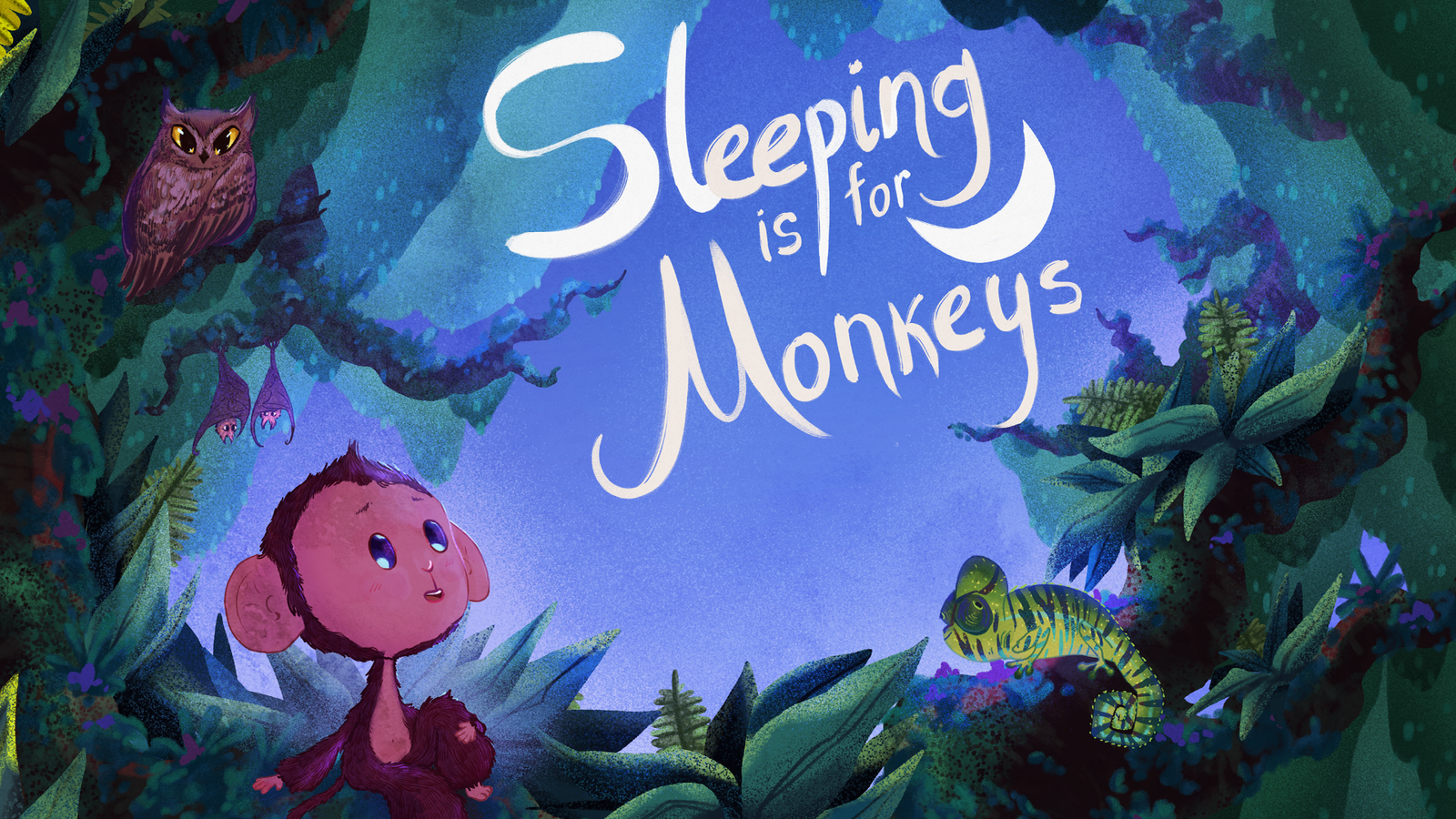
Online Book Illustration Marketing
In the past, sharing a portfolio meant printing physical samples. Now, many artists showcase illustration pages through social media, online galleries, or dedicated book design illustration online platforms. These tools help both emerging and established illustrators reach global audiences, connect with commissioners, and gain inspiration from fellow creators.
Whether it’s a mock-page layout on a website or a fully rendered illustration page in an ebook, the medium changes-but the enchantment remains.
In today’s digital world, illustrators are no longer hidden behind the pages-they’re brands in their own right. Through social media platforms like Instagram, Behance, and TikTok, artists can showcase their process, engage with fans, and attract publishers directly. A well-curated online presence can lead to commissions, collaborations, and even book deals. Beyond that, digital marketing allows illustrators to build communities around their work, turning readers into loyal followers and clients into advocates.
Cooperation: The Core of the Procedure
Illustration is rarely a solo mission. Behind every successful illustrated book is a team of creatives-authors, editors, art directors, designers, and sometimes even young focus groups. This collaboration ensures the visual and textual narratives support one another. Communication is key: illustrators must interpret the author’s vision while contributing their own insights and style. When synergy clicks, the result is a book where every element feels intentional, seamless, and deeply engaging.
Are You Prepared to Tell Your Story with Pictures?
Whether you’re designing a classic children’s book or experimenting with avant-garde layouts, the magic of book illustration lies in transforming simple pages into expressive artwork. With book design illustration online, artists now have the tools to adapt, share, and evolve their craft. The next time you flip through a book, take a moment to appreciate how each illustration page is a doorway to another world—waiting to be explored.
A great book illustration style can take your story to new heights, whether you’re reimagining a classic novel or creating a quirky bedtime tale. We can assist you in transforming your words into artwork, from the initial sketch to the finished illustrated book cover design.
Let’s realize your idea one page at a time.